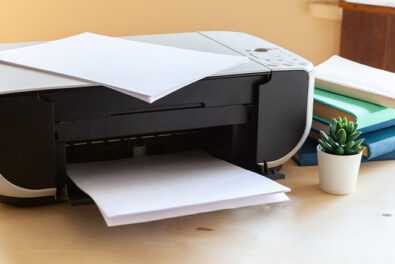In this article we’ll define what records are and we’ll overview some ways to store our physical records. Physical records are records we are able to touch, such as paper, CDs etc. This data can be stored for many reasons, such as regulations or proof of a transaction. This kind of content is managed by physical records management.
There are four steps to follow:
The first step is identification. You have to decide what content to keep as a record. This is usually defined by the organization and all employees are trained so you’ll know what types of data you should keep. When this is done, the records manager will assign a file plan category with a retention schedule which defines how long to keep the records in this category. After this, a barcode can be generated so the location of the record could be tracked.
The second step is the storing of the record. This step is handled differently by every organization. Some companies keep their data in a file room at the office, others outsource the storage of their records. You can organize your records as a records series which include records that have similar traits. This can be a common subject, same business process, same type of transaction etc. There are also mixed record series containing both physical and electronic records. When both of these appear in the same file, they are called hybrid records.
One thing you can’t forget about is space management, because you always have to optimise where you place the content.
Tracking a record can be the most complicated phase of all and requires the most management. To view a record, first you must make a physical request. This includes filling out a form and waiting for approval. Once the request is approved, the record is ready for delivery, so it is checked out and is sent to the requested location. The period when the record is away from its “home location” is called a loan after which it has to be returned to “home”. If the record gets lost during the loan period, it has to be marked as a lost record.
The fourth and last step of the cycle is the disposal of physical records. When the retention period is over the stored data is approved for disposal. This can be approved electronically or through a records management system. Of course there are those records which can never be destroyed. These are called permanent records and you need to keep them forever. Another category is vital records like birth certificates or marriage licences. These should also be kept safe forever.








